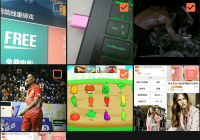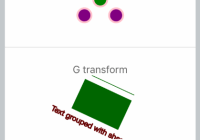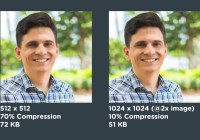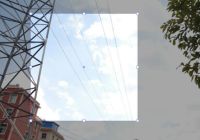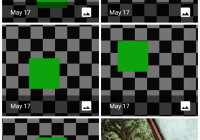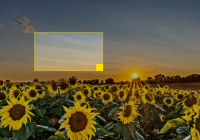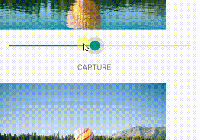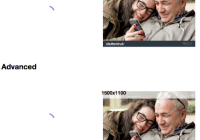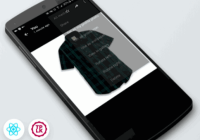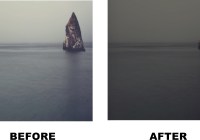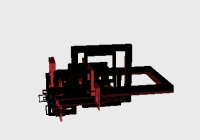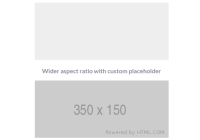React Simple Img
Smart react lazy load image with IntersectionObserver API, Priority Hints and animations
Features
- Speed up initial page loads by loading only images above the fold
- Responsive with placeholders and animations
- Support Priority Hints with importance attribute
- Smart download logic using IntersectionObserver
- Simple usage and tiny size includes polyfill (minified + gzipped)
Install
npm install react-simple-img Quickstart
import { SimpleImg } from 'react-simple-img'; export default () => <SimpleImg height={500} src="your image path" />;API
🔗 SimpleImg
Image component working similar with standard img tag and with the following props.
| Prop | Type | Required | Description |
|---|---|---|---|
src | string | ✓ | The large image source |
srcSet | string | eg: large.jpg 2x, small.jpg Reference for examples | |
sizes | string | eg: (max-width: 320px) 280px, (max-width: 480px) 440px Reference for examples | |
importance | string | Priority Hints with "low" or "auto": set to "auto" will load image after load event, otherwise "low" will load images after load event and lazy load with intersection observer | |
placeholder | string | Placeholder image source (svg, jpg, png...) or css color value (white, linear-gradient(blue, pink)), set to false will remove placeholder. | |
applyAspectRatio | boolean | Image will scale automatically with aspect ratio. Note: width and height will need to be supplied | |
animationDuration | number | animation duration in seconds | |
imgStyle | object | Inline styles for the <img> element. |
🔗 initSimpleImg([config], disableAnimateCachedImg = false, logConsoleError = false) optional
This function is only required, when you want to customise intersection observer configuration.
Arguments
-
config: (Object) this argument is optional
-
[root]: The element that is used as the viewport for checking visibility of the target. Must be the ancestor of the target. Defaults to the browser viewport if not specified or if null.
-
[rootMargin]: Margin around the root. Can have values similar to the CSS margin property, e.g. "10px 20px 30px 40px" (top, right, bottom, left). If the root element is specified, the values can be percentages. This set of values serves to grow or shrink each side of the root element's bounding box before computing intersections. Defaults to all zeros.
-
[threshold]: Either a single number or an array of numbers which indicate at what percentage of the target's visibility the observer's callback should be executed. If you only want to detect when visibility passes the 50% mark, you can use a value of 0.5. If you want the callback run every time visibility passes another 25%, you would specify the array [0, 0.25, 0.5, 0.75, 1]. The default is 0 (meaning as soon as even one pixel is visible, the callback will be run). A value of 1.0 means that the threshold isn't considered passed until every pixel is visible.
-
-
disableAnimateCachedImg: (boolean) this argument is optional
- if you want to disable the reveal animation after image have been cached
- Determining whether images have been cached is achieved using
sessionStorage. Setting this to true will have no effect for users with privacy settings enabled in their browsers that block the use ofsessionStorage.
-
logConsoleError: (boolean) this argument is optional
- if you want to log errors in browser console when image fetch failed, then set the value to true.
Contributors
Thanks goes to these wonderful people:








